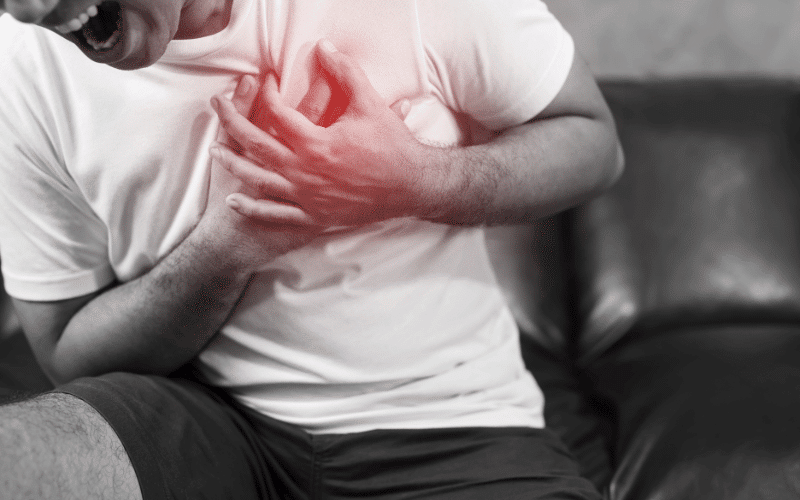Introduction: Unveiling the MENace of Heart Attacks

A major health crisis is looming over men worldwide, and it’s not an unknown disease or a sudden pandemic. Instead, it’s a well-known but often underestimated ailment – heart attacks. The occurrence and mortality rates of heart attacks are alarmingly high, particularly among men. Yet, heart attacks are not sudden, unannounced events. They are often preceded by subtle signs and symptoms, which, if recognized and responded to promptly, could save countless lives.
Heart attacks, medically termed as myocardial infarctions, occur when the blood flow to a section of the heart is blocked, usually by a blood clot. This blockage can injure or destroy part of the heart muscle, leading to severe complications and even death if left untreated. However, the frightening aspect of heart attacks isn’t just the physical damage they cause, but also their propensity to strike seemingly out of nowhere.
Yet, upon a closer look, this isn’t exactly true. Our body does try to warn us about an impending heart attack. These warning signs are often so subtle that they go unnoticed or are dismissed as minor ailments. This common lack of awareness and failure to understand these crucial signals is the real killer.
However, the power to change this lies in our hands. Knowledge is our strongest weapon here. Detecting the signals can enable prompt action, dramatically increasing survival chances and reducing the risk of complications. This article aims to shed light on these 15 signs and symptoms of a heart attack in men, hoping to empower every reader with life-saving knowledge.
Symptom 1: Chest Discomfort – The Most Recognizable Harbinger

Chest discomfort is often the first and most common sign that hints at a potential heart attack. Unlike regular chest discomfort, what’s experienced during a heart attack is different and more pronounced. This discomfort can range from a dull ache to a sharp, stabbing pain. It isn’t just confined to the chest’s center, but could also spread to the surrounding areas, making it seem like the discomfort is radiating from the chest.
The sensation is often described as a heavy pressure, almost as if a huge weight is pressing down on the chest. It could also feel like a severe tightness or squeezing sensation, which can be incredibly distressing. What’s peculiar about this discomfort is its unpredictability. It can last for several minutes, cease, and then return, making it difficult to discern a specific pattern.
While chest discomfort is often associated with numerous other conditions, its manifestation in heart attacks is unique due to its intensity and pattern. Despite the common misconception, this discomfort doesn’t always present as severe pain. It can also be subtle, a factor that often leads to it being overlooked. Hence, it’s essential to pay attention to any unusual discomfort, especially if it’s persistent.
Many people assume that this discomfort is due to indigestion or muscular pain, dismissing it as a minor inconvenience. However, considering the potential consequences, it’s always better to err on the side of caution. Awareness is critical – it’s crucial to recognize that not all chest discomfort is innocuous. Sometimes, it’s a dire warning from your body, signalling you to take immediate action.
Do not dismiss chest discomfort as a symptom of overeating or a bad case of indigestion. The pain in your chest could be your heart’s way of signaling distress. Ignoring this could potentially have severe consequences. Therefore, it’s always a wise decision to take immediate action when faced with such discomfort. Monitoring such sensations can help keep your heart healthy and ward off potentially life-threatening conditions. (1)